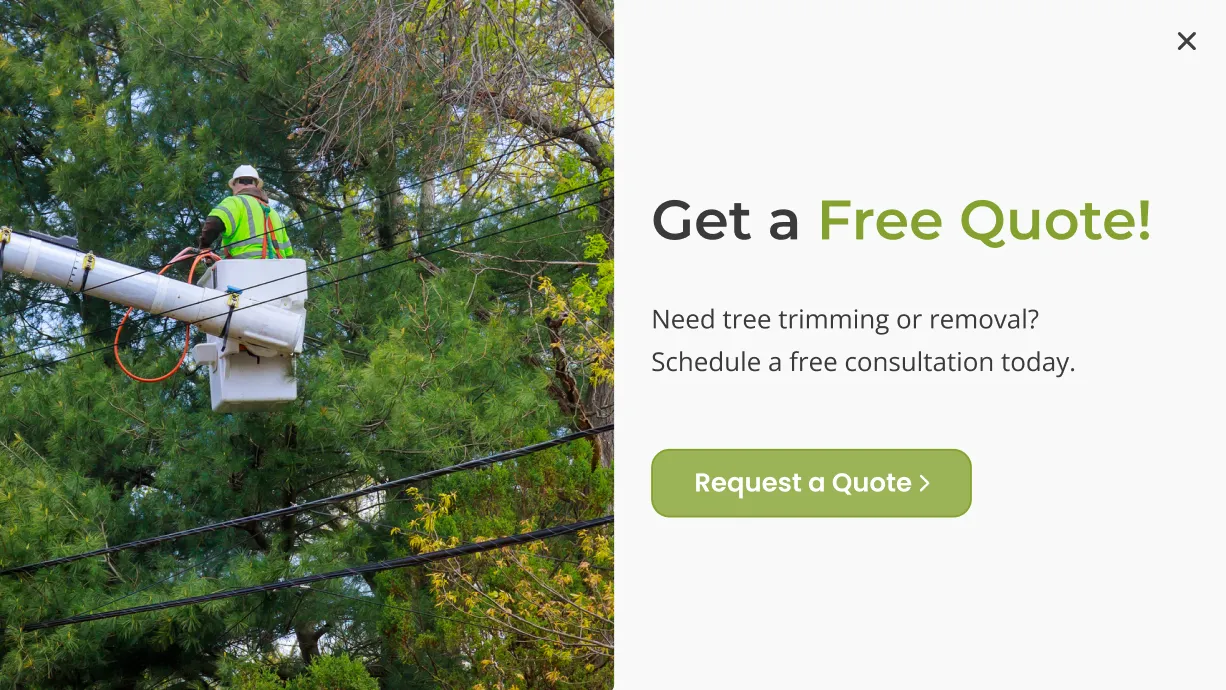Seeing thick, twisting roots above the surface of your yard can raise a lot of questions. Are they dangerous? Should you cover them? Can you cut them? While exposed tree roots are common, they often lead to confusion—and sometimes costly mistakes.
In this blog, we’ll explore what causes exposed roots, how they affect your landscape, and whether you should remove, cover, or treat them. We’ll also touch on the differences between tree root issues and similarly named dental root exposure terms that often pop up in online searches.
What Causes Tree Roots to Be Exposed?
Tree roots are usually hidden beneath the soil, but a variety of factors can bring them to the surface:
Soil erosion removes topsoil and reveals root systems.
Shallow-rooted tree species, like maple or birch, tend to grow surface roots.
Compacted soil prevents deep root growth, forcing roots upward.
Heavy rainfall or poor drainage can lead to soil displacement and root visibility.
Improper planting depth from the beginning can contribute to early root exposure.
Just like teeth showing through gums can indicate a deeper problem, tree roots poking through soil are often a symptom of underlying issues in your yard.
Is It Okay for Tree Roots to Be Exposed?
Many people ask: Can I leave roots exposed? Technically, yes—but there are risks. Exposed roots are more likely to:
Dry out under direct sun and wind
Be damaged by foot traffic or lawn equipment
Crack or decay from temperature extremes
Be affected by fungal infections or pests
Think of it like a tooth root poking through gum—it might seem harmless at first, but it leaves the structure vulnerable to harm. That’s why protecting tree roots is important, especially for long-term health.
Can You Cut Away Exposed Tree Roots?
This is a common but dangerous instinct. Cutting roots that are visible might seem like a way to “clean up” your yard, but it can lead to:
Structural instability
Reduced nutrient and water flow
Open wounds that invite disease
Just as cutting into an exposed root canal tooth is something only a dental professional should do, removing tree roots should be handled by an arborist. If you’re tempted to cut a root to fix a landscaping issue, ask a professional first.
What Happens If Roots Are Exposed to Air?
When tree roots are exposed to air, they lose the insulation provided by soil. This leads to:
Dehydration
Loss of function
Increased vulnerability to freezing, especially in winter
While trees can survive with exposed root sections, they won’t thrive. Like exposed tooth roots reacting to temperature and touch, tree roots exposed to air can suffer long-term stress.
Can Exposed Roots Be Treated at Home?
Yes, there are several exposed root home treatments you can apply safely:
1. Add Mulch
Cover the root zone with 2–3 inches of mulch, like shredded bark or wood chips. This helps retain moisture and protects from sun and foot traffic.
Avoid piling mulch on the trunk—this can cause rot.
2. Redirect Traffic
If people or pets walk over the exposed area, place stepping stones or small fencing to reroute the path and reduce compaction.
3. Avoid Adding Soil
While it may seem like a good fix, adding topsoil can suffocate roots. Use mulch instead.
4. Install a Tree Root Barrier
A root barrier is a helpful option if you’re dealing with root intrusion near driveways or sidewalks. It redirects root growth downward or away from structures. Common options include:
Plastic root barrier panels
Modular root blockers
Geotextile root barrier fabric
These materials are especially useful when managing root barriers for mature trees.
Are Root Barriers Safe for Trees?
Absolutely—when installed correctly. Tree root barriers are designed to guide root growth without harming the tree. They’re especially useful in urban settings where roots threaten pavement or nearby buildings.
If you’re searching for a tree root guard or tree barrier, make sure it’s breathable and strong enough to resist pressure over time. Professional installation is recommended to avoid damaging the root system during placement.
What Does an Exposed Tree Root Look Like?
Exposed roots are usually thick, woody, and sometimes cracked or dry. Some may be embedded just below the soil surface, while others rise fully above ground.
In contrast, terms like exposed tooth root photo or root of tooth showing refer to dental issues involving gum recession. While both involve structural exposure, the context is very different.
Can an Exposed Tree Root Heal?
Unlike bark or branches, roots do not regenerate once damaged. The tree may seal off the wound to prevent decay, but it won’t grow new root tissue in the same spot. That’s why preventing damage and protecting exposed roots early is key.
Just as can exposed tooth roots be fixed depends on dental treatment, tree root health relies on proper landscaping care and sometimes professional intervention.
Final Thoughts: Treat Roots With Respect
Exposed tree roots may look harmless, but they play a vital role in your tree’s health. Leaving them uncovered—or worse, cutting them—can cause long-term damage. From installing root barriers to applying mulch, there are simple and effective ways to protect your trees and keep your landscape safe.
Whether you’re managing tree root exposure, researching root protection techniques, or comparing it to the idea of teeth visible through gums, the answer is the same: exposure should be taken seriously, and treated with care.



